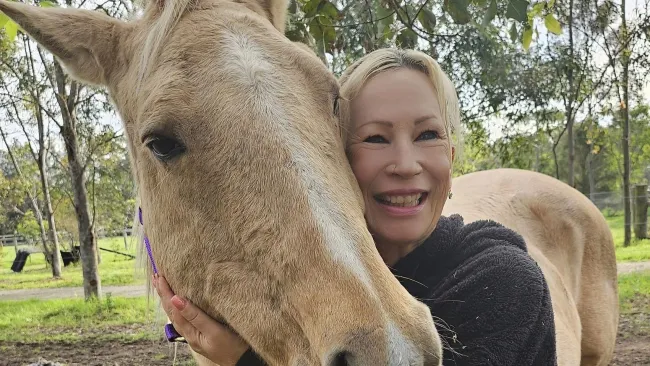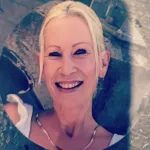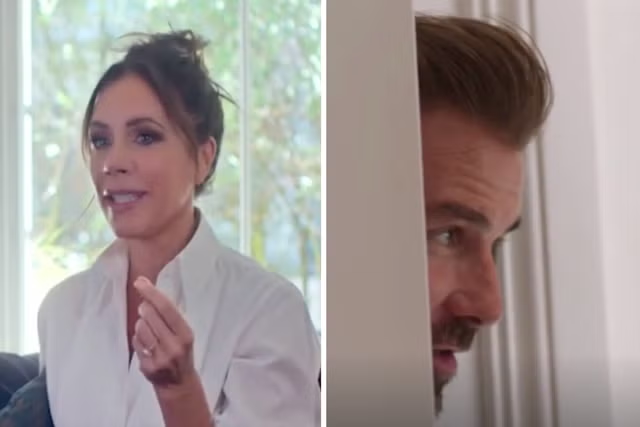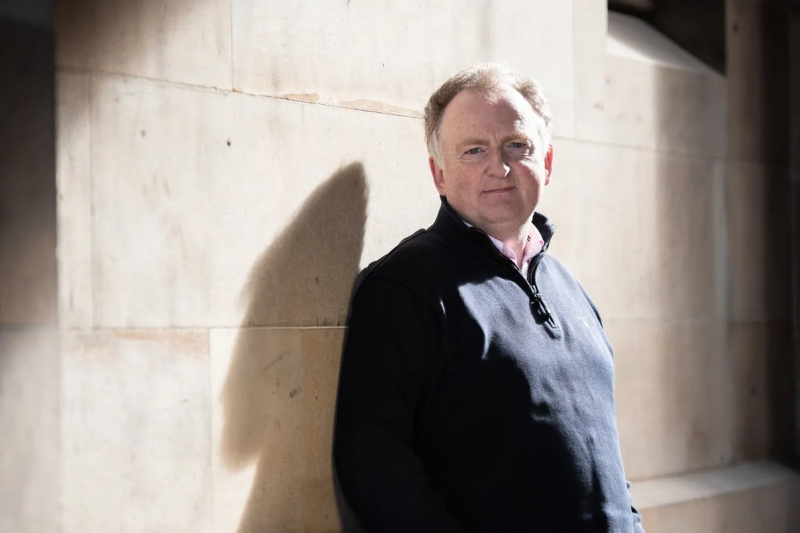
It was May 2018 – the second anniversary of my father’s death. I’d met a friend for lunch and was walking along Princes Street in Edinburgh, on my way to see my mum and sister.
Then my phone rang.
‘You can have a great weekend, Kevin,’ a doctor said. ‘Your cancer results are back – it hasn’t spread, and we’ve removed it all.’
At that moment I collapsed onto my knees, crying. The relief was immense.
After being told that I had stage two melanoma cancer just a few months earlier, I was now free of the fear that had been hanging over me and my family.
Except, the relief didn’t last long.
Little did I know that 18 months later I would be sitting in front of an oncologist, alone, at the Edinburgh Cancer Centre while he told me I had life-limiting and incurable stage four melanoma. That the wrecking ball of cancer would be back again, swinging wildly through our lives.
My cancer journey started in 2017. I’d noticed a blemish on my left forearm, which I initially put down to an insect bite.
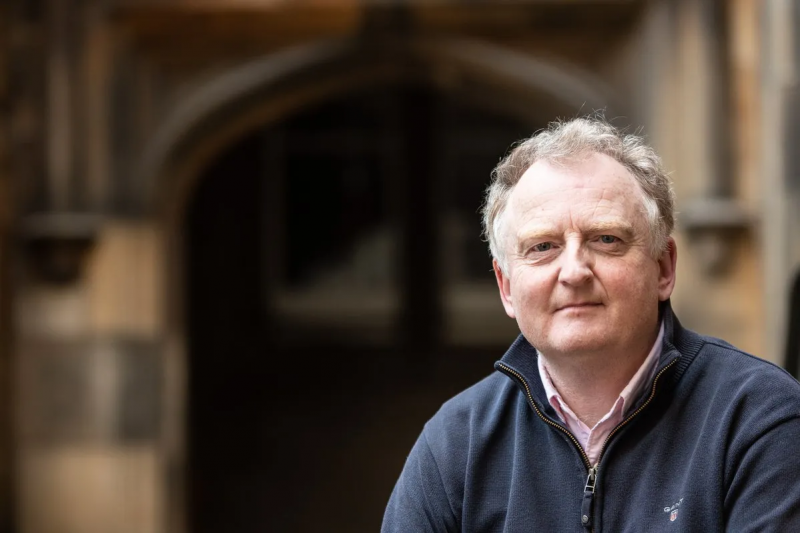
As someone with red hair, freckles and pale Scottish skin, I always avoided too much sunshine and still remember my mum applying thicker-than-butter prescription sunscreen in the 70s.
It took me a while to go to my doctor for a check-up. I breathed a sigh of relief when they assured me the blemish wasn’t cancerous, prescribed a cream, and told me to come back if it got worse.
For a while it didn’t change, and I hoped the cream would do the trick – but when its shape and colour changed, my wife convinced me to get another opinion. Soon, I was booked to see the dermatologist at my local hospital.
Two days after they took a biopsy, I received a call asking if I could come back in for a chat. Not a good sign.
Just 24 hours later, I was told that the biopsy had confirmed stage two melanoma. They planned to remove the cyst on my arm, which was now the size of a five-pence coin, together with a lymph node to check whether it had spread internally.
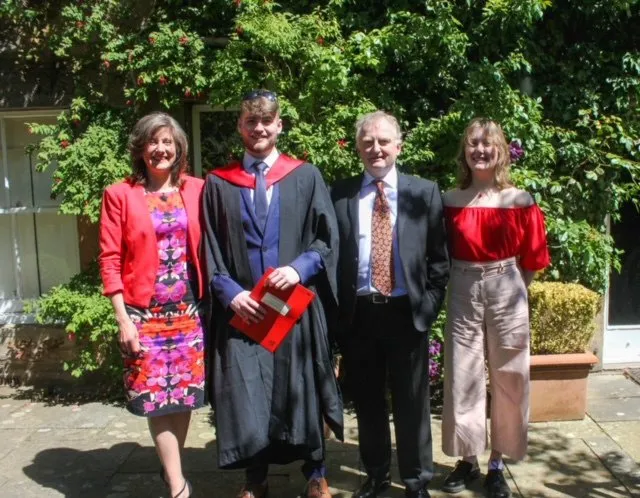
This was the first time I’d heard the word ‘cancer’ mentioned, and everything changed.
Fear and anxiety kicked in, and my wife and I started to picture what the future might look like if it had spread. How we’d tell our kids.
A few months after this appointment, I was walking through Edinburgh when I got the call to say my cancer hadn’t spread. Everything looked a lot rosier – at least for 18 months.
But life has a funny sense of humour. On Friday December 13, 2019, I was alone, and told I had stage four life-limiting and incurable cancer.
Prior to this, I had three-monthly skin checks with a dermatologist who examined my skin externally. But little did we know the cancer had already entered my bloodstream and was spreading internally.
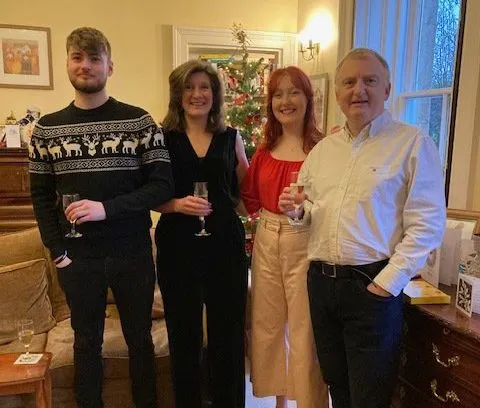
It had all happened so quickly, and my immediate thought was: How do I tell my wife, kids and family again? Nothing prepares you for this conversation and the fear and anxiety returned with a vengeance.
We tried to have as normal a Christmas as possible, knowing it may be our last one together.
We planned to travel between my three-weekly immunotherapy treatments in early 2020, to spend time with friends and family throughout the UK.
Unfortunately, 2020 had other ideas for us, and when Covid hit, we were put on the shielding list and that precious time was spent staring out of our window.
I didn’t know if I’d see my mum, sisters and friends again. My mental health took a dive and hope seemed to be slipping away.
I knew I had to find other people who were experiencing something similar, so I didn’t feel less alone.
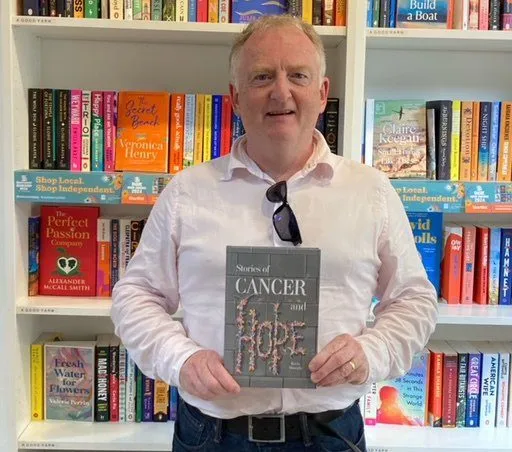
Thankfully, I found two online support groups and sharing my story – as well as listening to other people – really helped. It’s this that inspired me to create my book, Stories of Cancer and Hope, which I worked on with 38 other contributors in support of Maggie’s cancer centres.
My wish was that, by sharing the stories of real people whose lives had been affected by the disease, others facing cancer would know that they aren’t alone – and that there’s always hope.
Getting the book and its stories into the world has been a team effort. Through friends, colleagues and social media, I gathered stories from all over the UK, covering a range of cancers. Everyone involved gave their time freely.
The writer of one of our stories, Deborah Cairns, recalls speaking to a woman sitting in the chair opposite her during a chemo session, whose hands were full of diamond rings.
The woman explained that her husband had promised to buy her a diamond ring on each anniversary of her cancer diagnosis and here she was 21 years later – still alive! This gave Deborah immense hope.
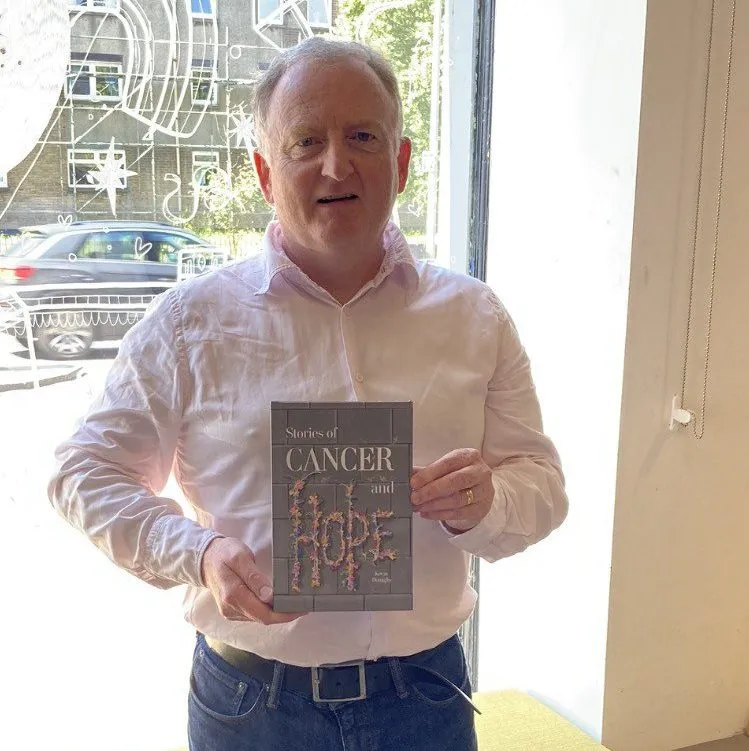
Another contributor, Claire Paxman, tells the amazing story about the development of the Paxman Cold Cap and how it helps reduce hair loss.
Claire tells us how her mother did not want to lose her beautiful curly blond hair during her cancer treatment; so, because the family business involved chilling drinks, her father and uncle designed the Cold Cap. It is now named after their family and used in 64 countries.
My son, sister and a friend did the editing; my nieces, nephew and one of my son’s friends did the proofreading; and our daughter, who’s studying illustration, designed the cover and provided an illustration for inside the book. It was all put together into book-form by my friend, Derek Watson.
As for my story, it’s been nearly five years since my diagnosis. I responded well to immunotherapy, which was a great relief to my family and friends. I’m now classed as having ‘no evidence of disease’, although it’s still part of me, and still classed as life-limiting and incurable.
More from Metro
-

Run clubs have become our new nightclubs – here’s why
My journey with cancer has taught me that you cannot do things like this on your own, and finding other people – in this case, a cancer tribe – will help.
Do you have a story you’d like to share? Get in touch by emailing James.Besanvalle@metro.co.uk.
Share your views in the comments below.
Sign up to our guide to what’s on in London, trusted reviews, brilliant offers and competitions. London’s best bits in your inbox
Disclaimer: The copyright of this article belongs to the original author. Reposting this article is solely for the purpose of information dissemination and does not constitute any investment advice. If there is any infringement, please contact us immediately. We will make corrections or deletions as necessary. Thank you.
